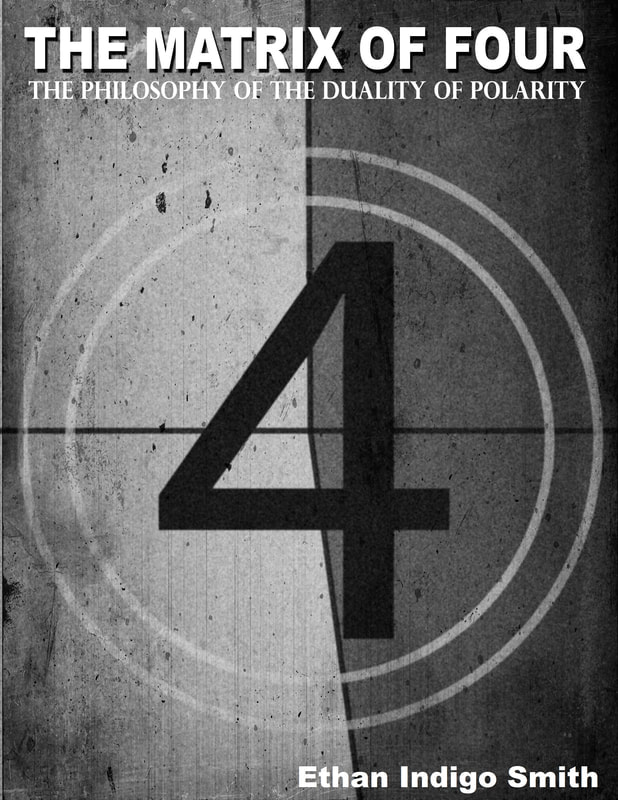The Inspiring Answer To The Riddle of The Sphinx
The Esoteric Answer to
The Riddle of The Sphinx
The Riddle of The Sphinx is from a Greek play, perhaps now a legend of a legend. The Riddle was said to be asked of every traveler that The Sphinx encountered.
“What goes on four feet in the morning, two feet at noon, and three feet in the evening?” The Sphinx asked Oedipus.
Oedipus answered: “Man: as an infant, he crawls on all fours; as an adult, he walks on two legs; and in old age, he uses a walking stick.” Oedipus was the first to answer the riddle correctly and, having heard Oedipus’ answer, the Sphinx was shocked and inexplicably killed herself. Oedipus went on to succeed in his conquest. His conquest though was a failure, he failed to accurately understand himself.
- Riddle of The Sphinx is from a play from around 400 BC by the playwright Sophocles, from Greece. Oedipus Rex, or Oedipus The King, tells the tale of the confused success in the life of Oediphus, and perhaps mirrors a similar basic or confounded success via the answer to the riddle itself.
The answer to The Riddle of The Sphinx is interesting, and yet there is something left incomplete as well as an implied darkness. The answer to the riddle does not provide the same provoking pondering that so many other riddles do. It is literally a dead end. The answer feels incomplete. The Riddle of The Sphinx leaves one perplexed rather than ignited by inquisitiveness. It reveals no mystery and yet is among the greatest of mysteries. It provides no paradigm thinking other riddles might provide, however slight the paradigm may be. It is as if The Riddle of The Sphinx hints at another riddle, as if there the answer quietly points to an unsaid follow up riddle and answer behind The Riddle of The Sphinx.
On critical examination the overall implication of The Riddle of The Sphinx is to define and measure the materialistic lifetime of man. The answer leaves one wanting, perhaps in awe, but wanting, nonetheless. It is not an inspiring answer to present mortal fate and is out of tune with the rest of Egyptian pursuits toward immortality. The answer does not resemble the inspired and occulted pursuits pertaining to spirituality and immortality the people of Ancient Egypt/Kemet endeavored.
“There are three, but where is the fourth?” ~Carl Jung
You can connect with Ethan on Facebook, Twitter, check out his author page on Amazon to support. Or visit his websites, Geometry Of Energy, Meditation 108, and The Matrix of Four where Ethan offers lessons on individuation, meditation, observation, situational comprehension, the conceptualization of energy, and the metaphysical significance of Sacred Geometry, Tao, 4, and 108.












